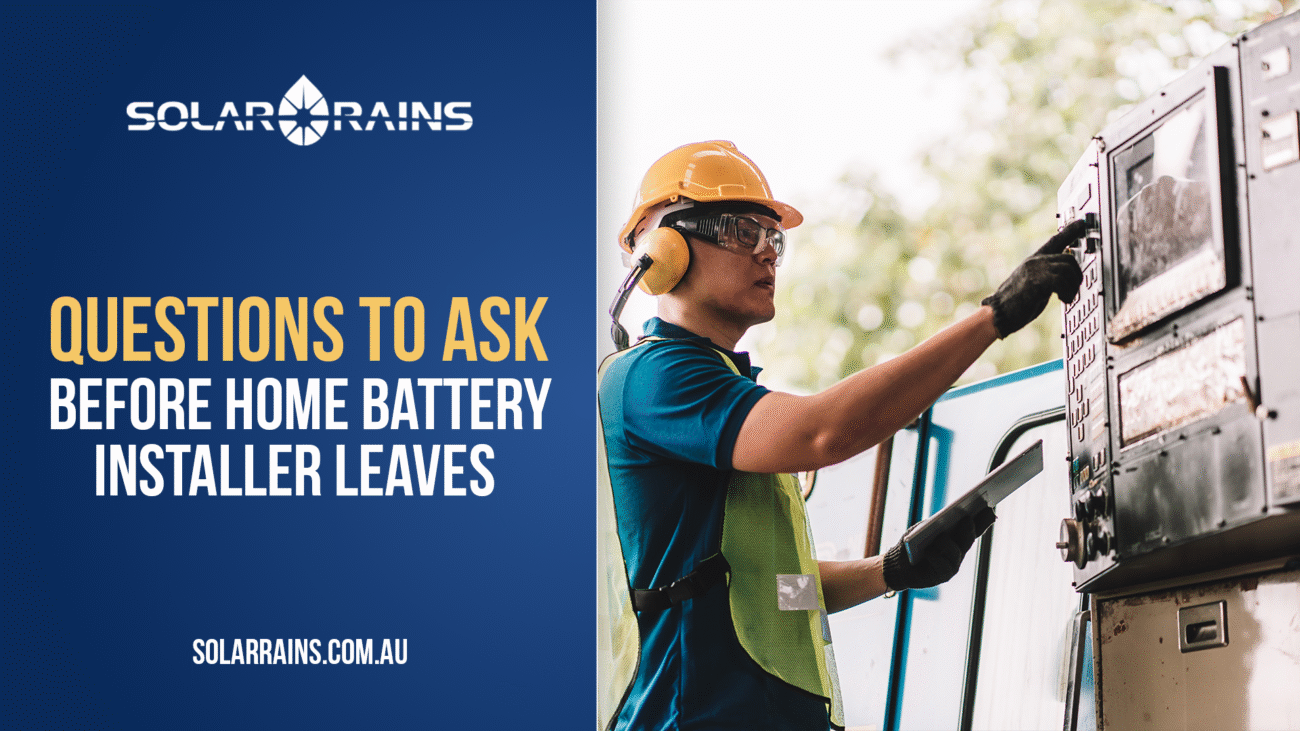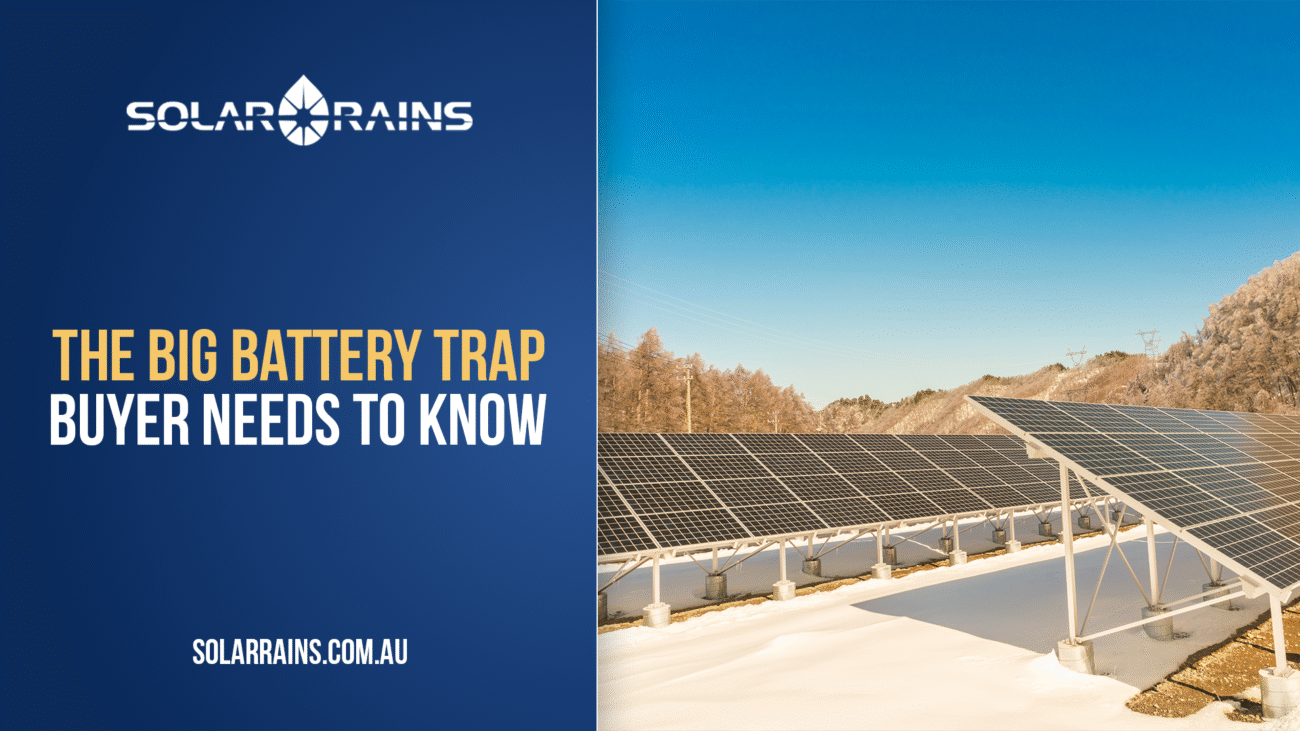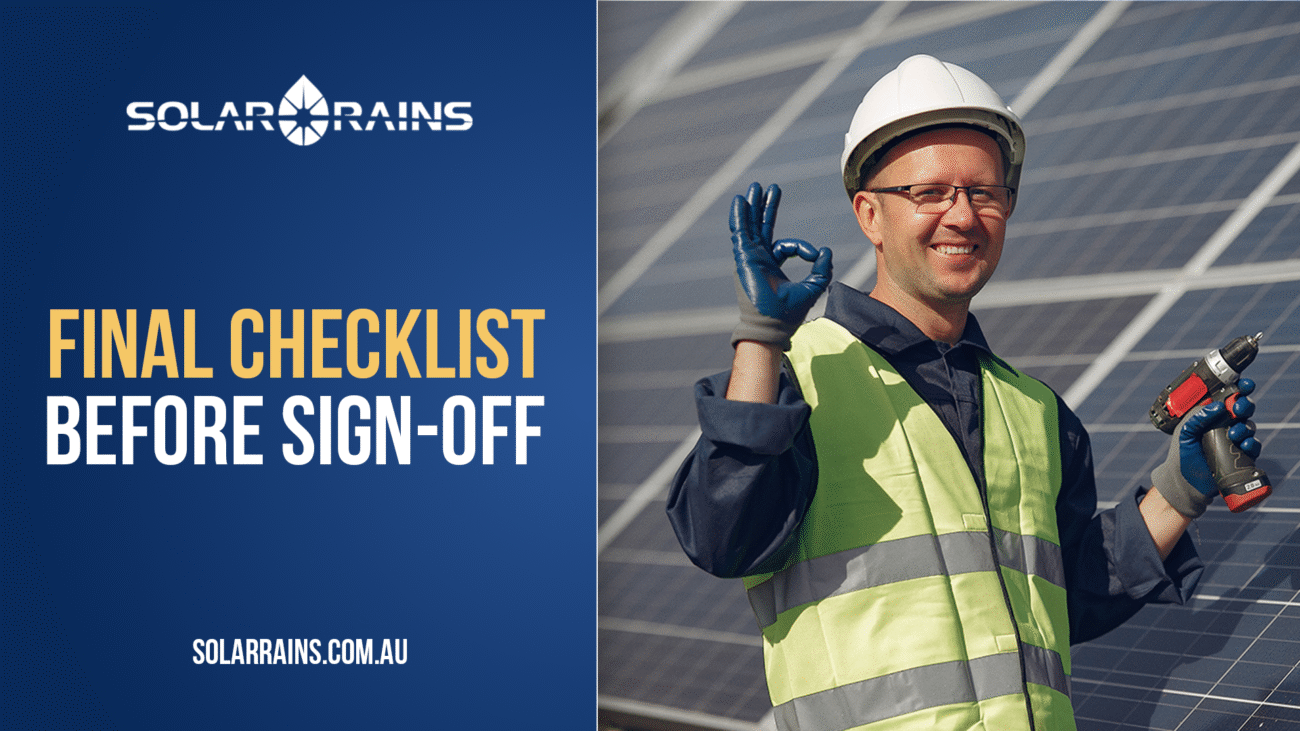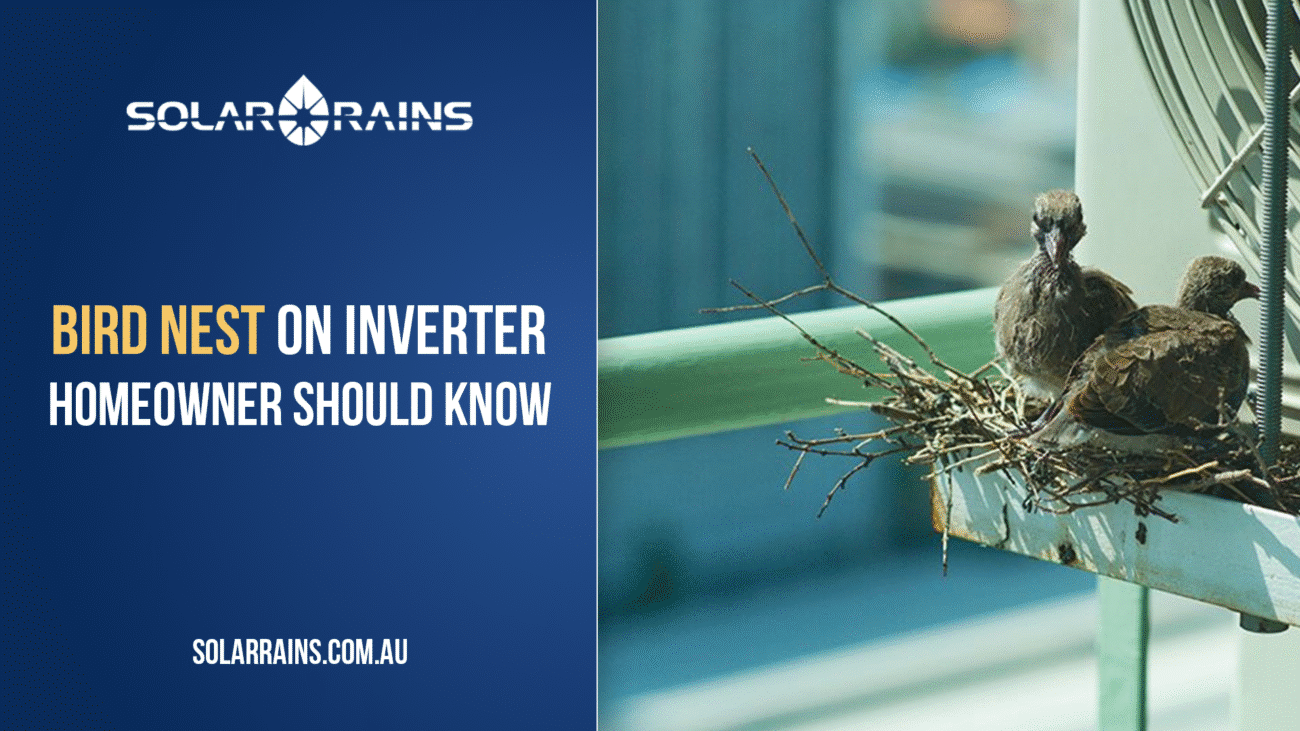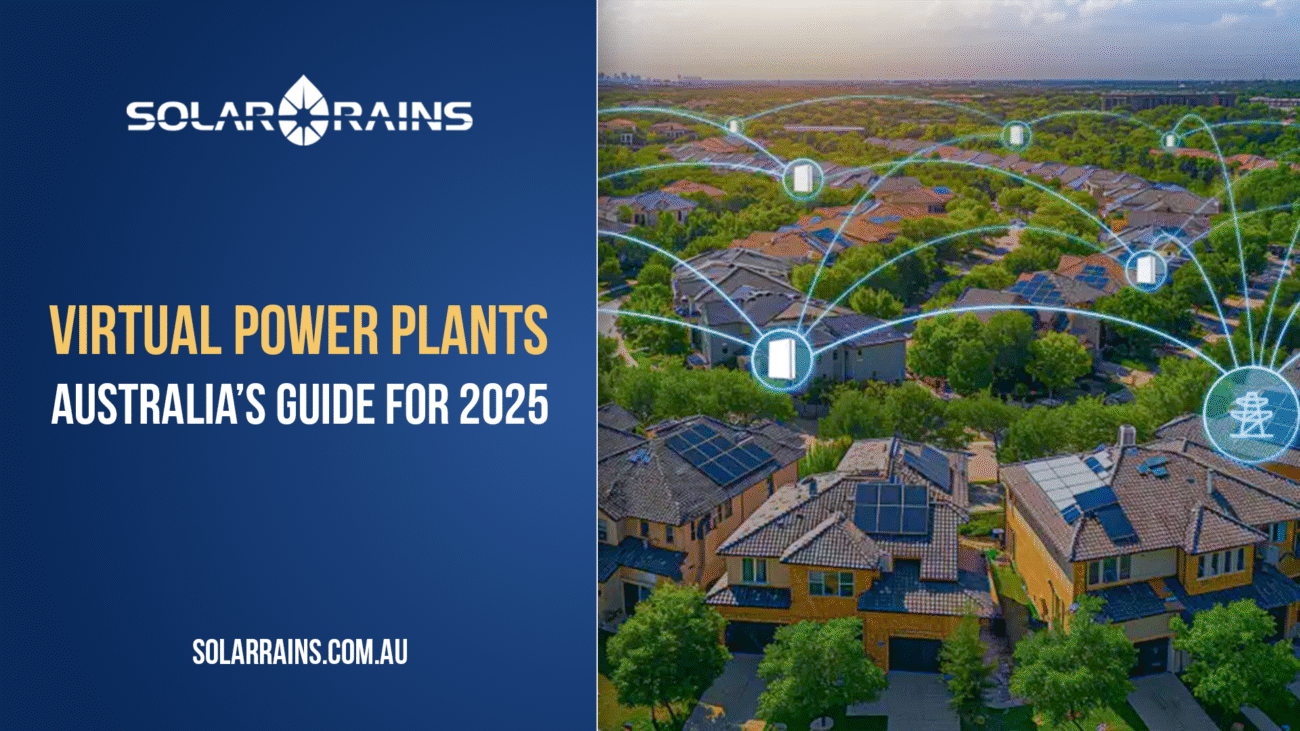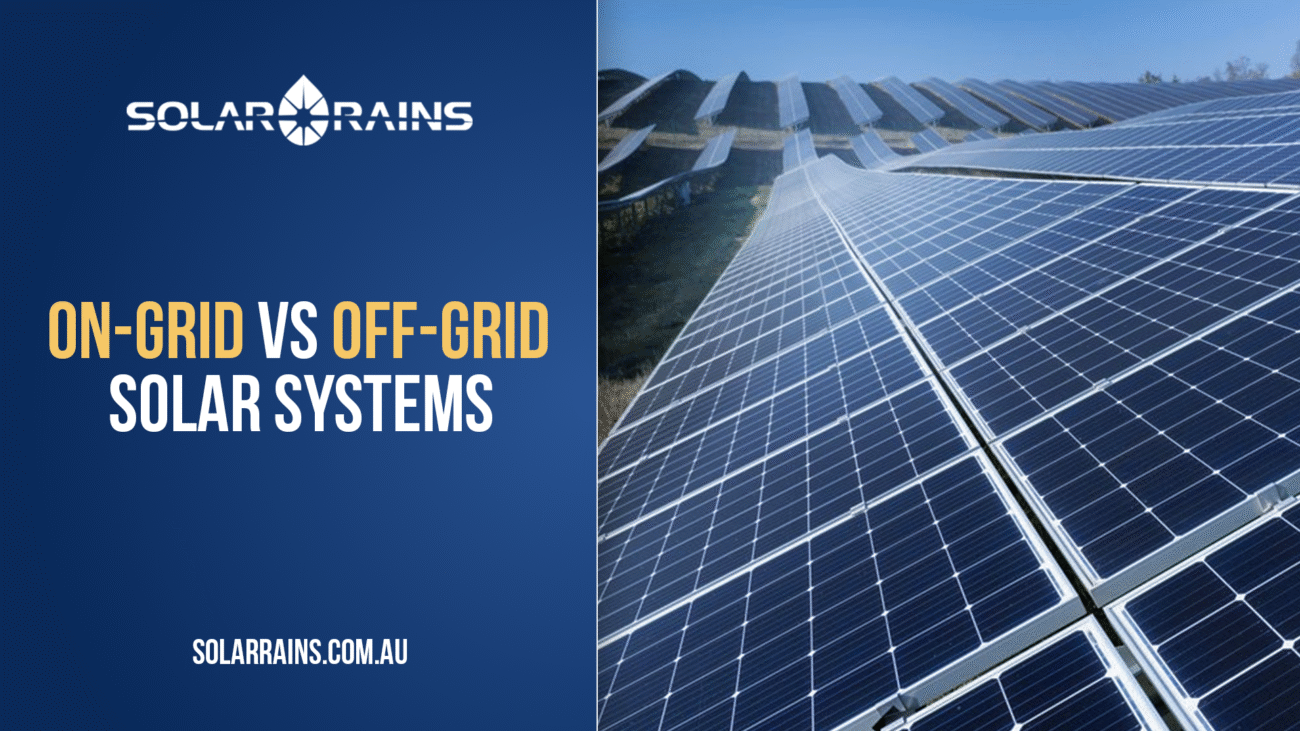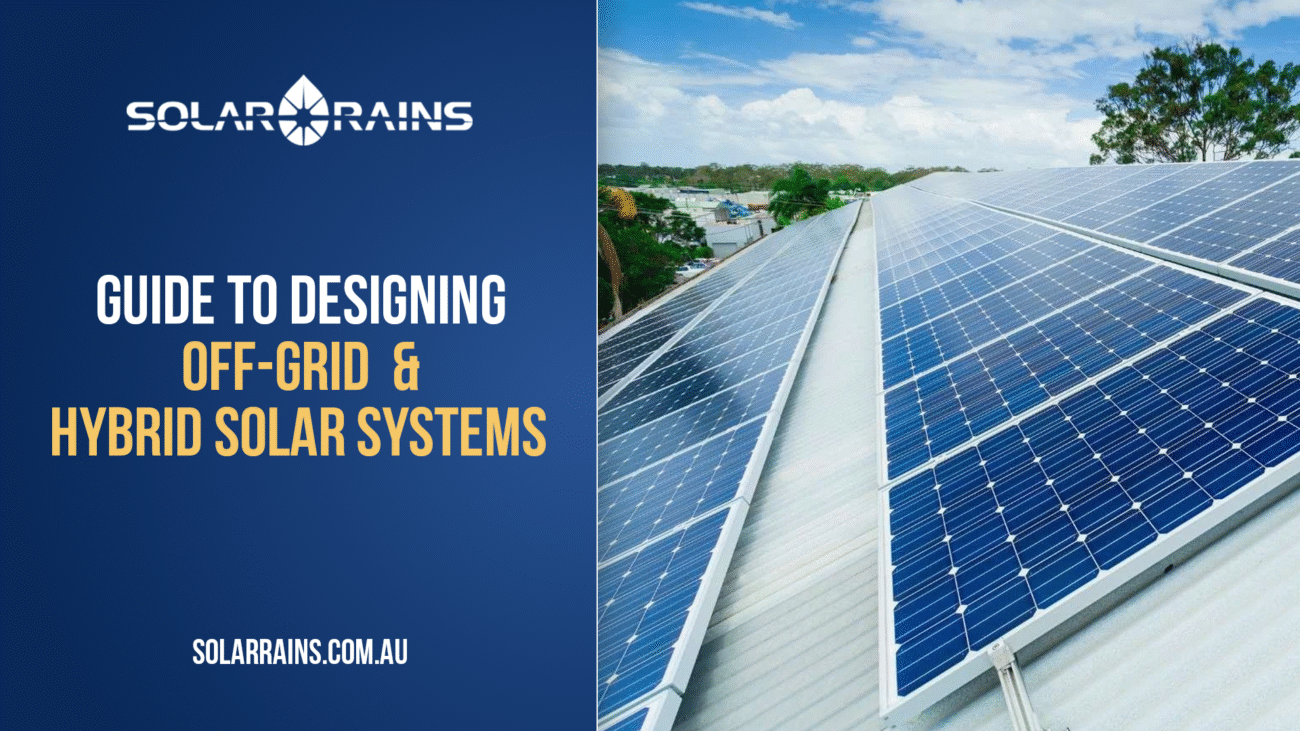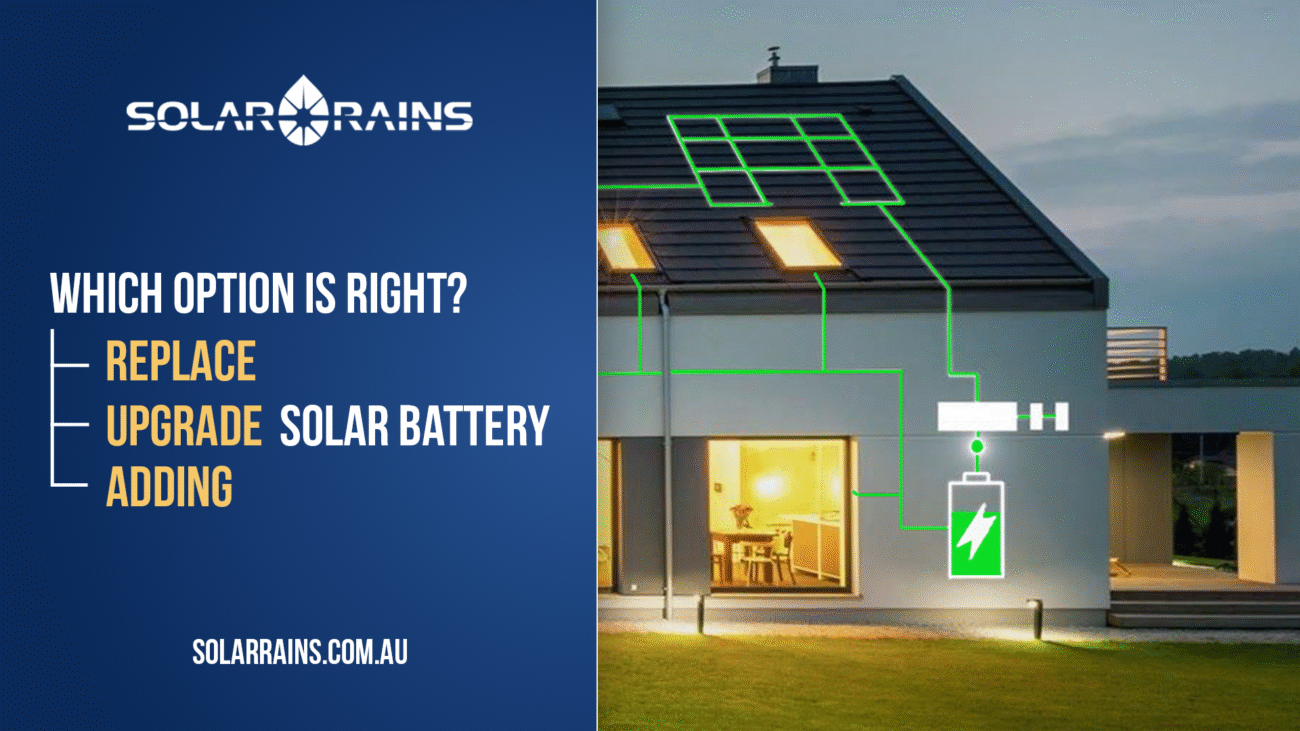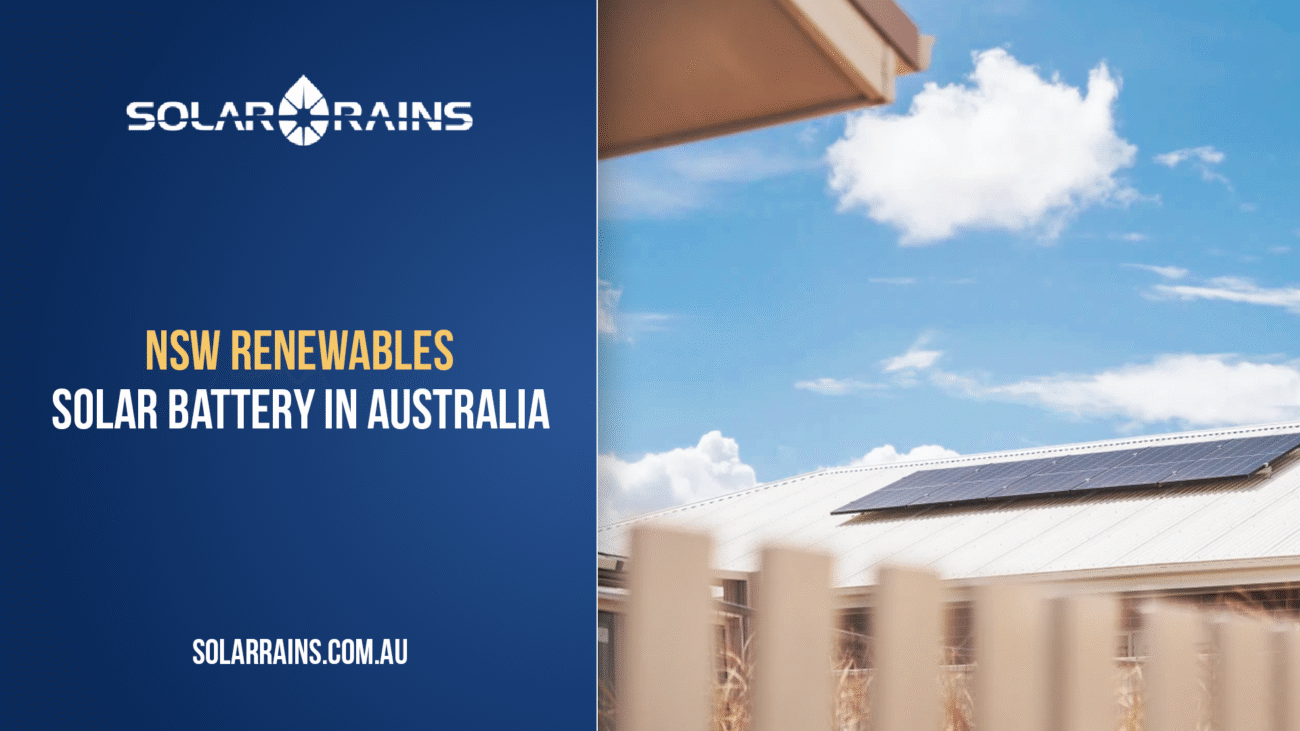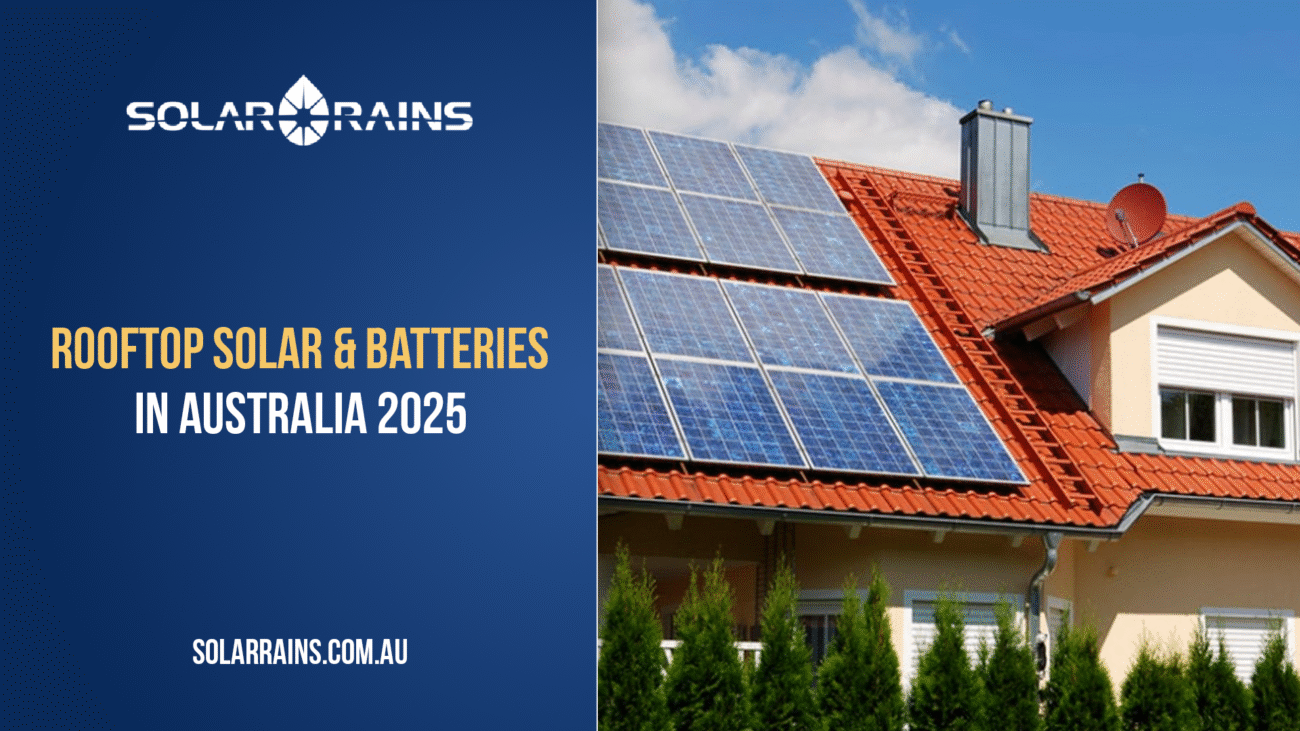Introduction
Investing in a home battery is a big decision, and a smart one. It helps reduce energy bills, supports your solar system, protects against blackouts, and gives you more control over how you use energy.
But here’s the catch: even the most advanced solar battery system is only as good as your understanding of it. That’s why the final step of any installation, the customer handover, is so important.
At Solar Rains, we believe you should feel confident operating and monitoring your new system from day one. This guide outlines exactly what to ask your home battery installer before they leave your property.
Whether you’re installing a new solar battery or integrating one into an existing solar panel setup, here’s everything you need to know.
What Should a Battery Installer Tell You Before Leaving?
Your installer shouldn’t just mount the system and walk away. They should walk you through your system and ensure you understand it. Ask them to explain:
How to Shut Down the System Safely
In case of emergencies, maintenance, or bad weather events, you need to know how to properly shut down the system. Ask for:
- A step-by-step shutdown sequence (solar inverter, battery, main switchboard)
- Labels and switch locations
- When it’s safe or not safe to power down
Pro tip: Take a photo of the shutdown instructions or ask for them in print.
How to Monitor Performance
Most home batteries come with an app or web portal. Ask your installer to:
- Set up the app with you
- Explain how to track solar input, battery charge, discharge, and grid usage
- Show you historical performance data
- Highlight what typical “good performance” looks like
Knowing what’s normal will help you spot potential issues early.
What the Lights & Alerts Mean
Battery systems often have LED indicators or app notifications. Get clear answers on:
- What each light or icon represents
- What a warning vs. critical error looks like
- What to do in each situation (and who to contact)
Don’t ignore flashing lights, know how to interpret them.
Which Circuits Are Covered by the Battery
Many systems are designed to power only certain parts of your home during an outage. This is called a “backup” or “alternative supply” circuit.
Ask the installer:
- Which lights, outlets, or appliances are on the backup circuit?
- Are essential items (fridge, WiFi, lights) included?
- Can I add or change what’s backed up?
This knowledge is crucial during a blackout, especially for medical devices or remote work setups.
Who to Contact for Support
Make sure you receive:
- The installer’s direct contact details
- Warranty information (battery, inverter, workmanship)
- Manufacturer support line or app support portal
- A copy of your Compliance Certificate (if applicable)
Store all this in a safe place or request a digital version via email.
What If You Already Have Solar?
Many Australians are now retrofitting solar batteries onto existing solar panel systems. In this case:
- Ask if your existing inverter is compatible
- Understand if your solar system needs an upgrade
- Clarify how solar & battery work together (e.g., priority of usage)
For hybrid inverter setups, make sure the installer explains how energy flows through your system: panels → battery → appliances → grid export.
Backup Circuits: Know What’s Actually Powered
Your home battery doesn’t always power the entire house.
Some systems are designed for full home backup, but most budget systems are partial backup, supporting only a few selected loads. Ask:
- Is the entire switchboard covered or just a sub-board?
- How long can I expect backup power to last?
- What happens if I exceed the backup load?
For example, running your air conditioning, oven, and dishwasher simultaneously may overload your battery backup.
Commissioning Isn’t Just “Switching It On”
Proper system commissioning involves more than flipping a switch.
The installer should:
- Confirm system settings (e.g., time-of-use tariffs, charge/discharge limits)
- Update firmware on the inverter and battery
- Perform a load test to verify backup circuits
- Walk you through a live system demo
Ask them to simulate a power outage so you can see how the battery kicks in.
Customer Handover: Not Just a USB and a Wave Goodbye
Some installers may just leave a USB stick with a digital manual. That’s not enough.
A quality handover includes:
- A printed or emailed quick-start guide
- A personal walkthrough of key system functions
- Explanation of daily, monthly, and yearly performance data
- Emergency contact list & servicing schedule
- Warranty terms clearly explained
At Solar Rains, we ensure every customer gets a full digital and in-person briefing.
Should You Add More Solar or Battery Capacity Later?
If you’re considering future expansion, ask:
- Is the current system scalable?
- How many more panels or batteries can I add?
- Will adding capacity require a new inverter?
Knowing this in advance avoids costly changes down the road.
Maintenance Tips for Long-Term Performance
Ask your installer about:
- Cleaning solar panels (and how often)
- Checking vents on inverters/batteries for dust or bird nests
- Monitoring software updates
- Scheduling an annual inspection
Also clarify whether your system has remote monitoring, allowing the installer to flag issues proactively.
Solar Battery Warranties: What to Understand
Warranties are not just about years, they also have performance guarantees.
For example, “10 years or 6,000 cycles at 70% capacity” means:
- 10 years of use, OR
- ~6,000 charge/discharge cycles
- After which, the battery should retain at least 70% of its original storage capacity
Understand the warranty claim process: who files it, what’s covered, and what voids it.
Policy Support: Rebates You Might Qualify For
Don’t miss out on savings. Depending on where you live in Australia, you may be eligible for:
- The Small-scale Renewable Energy Scheme (SRES) (federal)
- State-level battery rebates (e.g., VIC, SA, ACT)
- Virtual Power Plant (VPP) programs, where you earn credits by sharing stored power
Ask your installer if your battery is VPP-ready and if you need a smart meter upgrade.
Final Thoughts from Solar Rains
A home battery is more than a piece of hardware—it’s a gateway to energy independence.
But that journey only begins when you understand your system. Before your installer leaves, don’t be shy. Ask questions. Take notes. Request a demonstration.
At Solar Rains, we take the time to ensure every homeowner is empowered. Our systems aren’t just plug-and-play, they’re teach-and-trust.
Because solar + battery is the future, and you deserve to get the most out of every watt.
Frequently Asked Questions (FAQs)
If your system includes backup capability, it will automatically power selected circuits. Not all systems include this—check with your installer.
Yes. Most systems have apps that let you check performance, charge levels, and energy flows from anywhere.
Typically, a home battery lasts 10–15 years with proper use. Performance may reduce slightly over time.
Yes, but it depends on your inverter and the brand of battery. Always ask about scalability during installation.
Most modern lithium batteries are very safe, but they still need ventilation and should be installed according to manufacturer guidelines. Your installer must follow all safety standards

